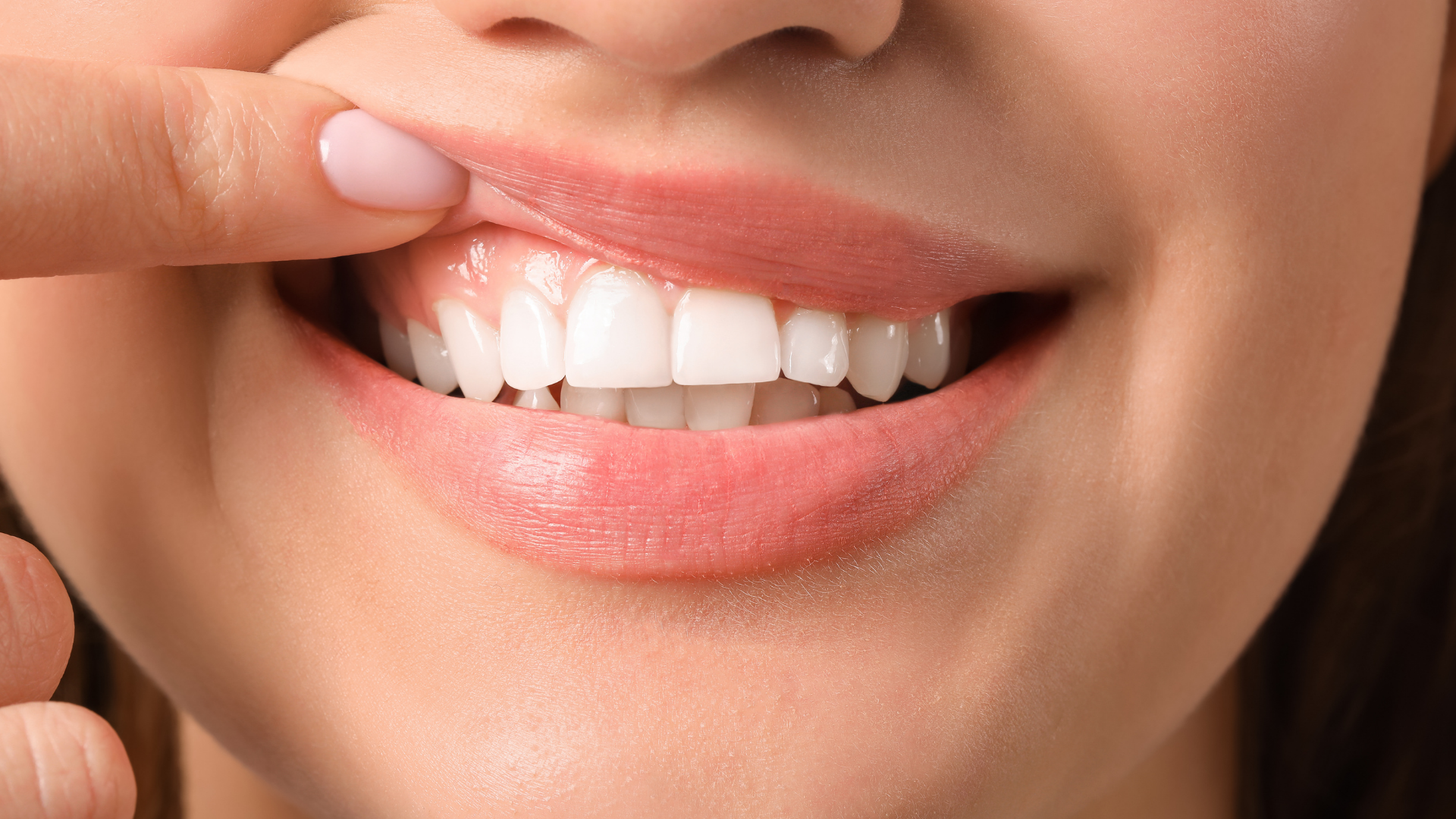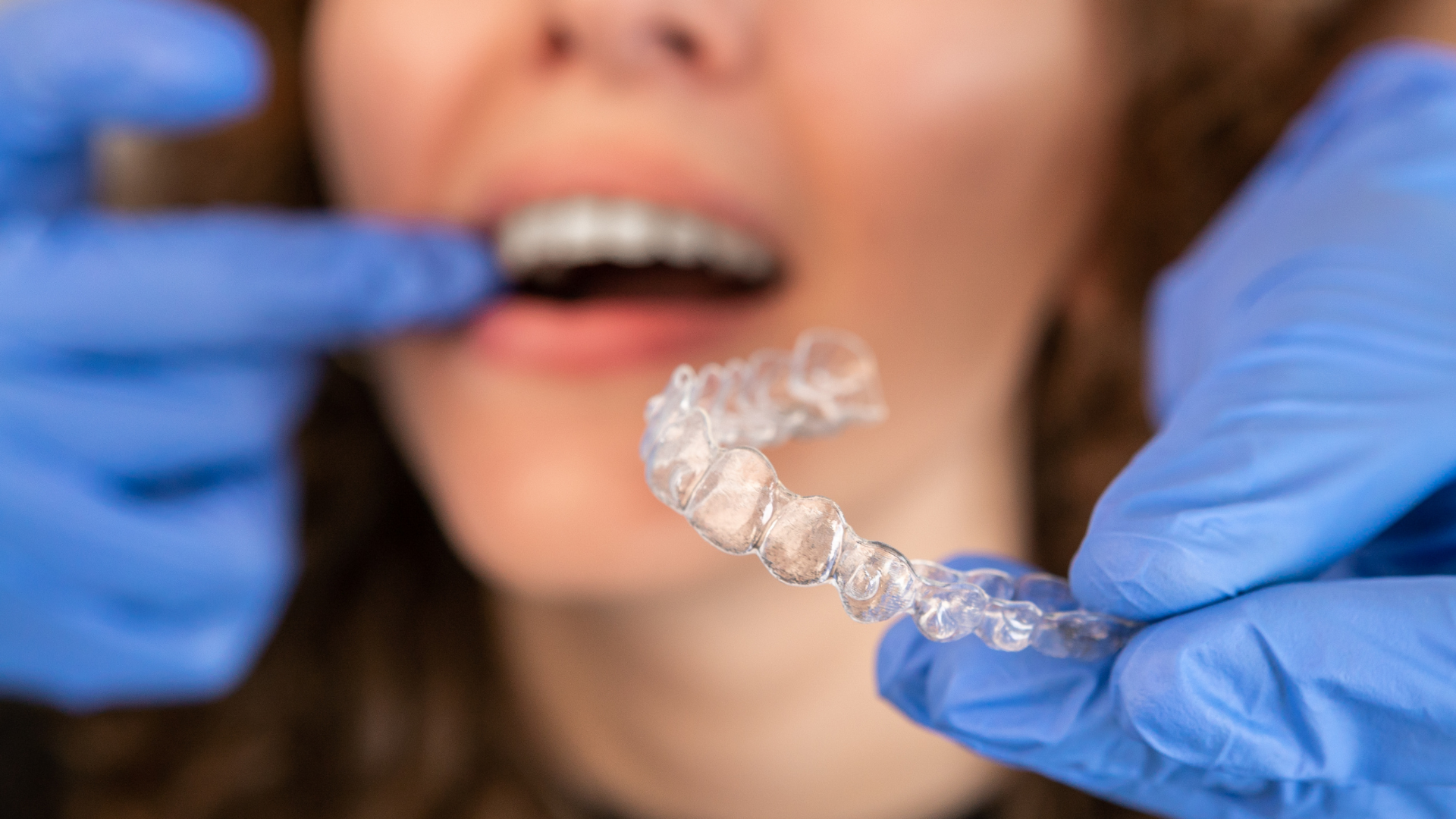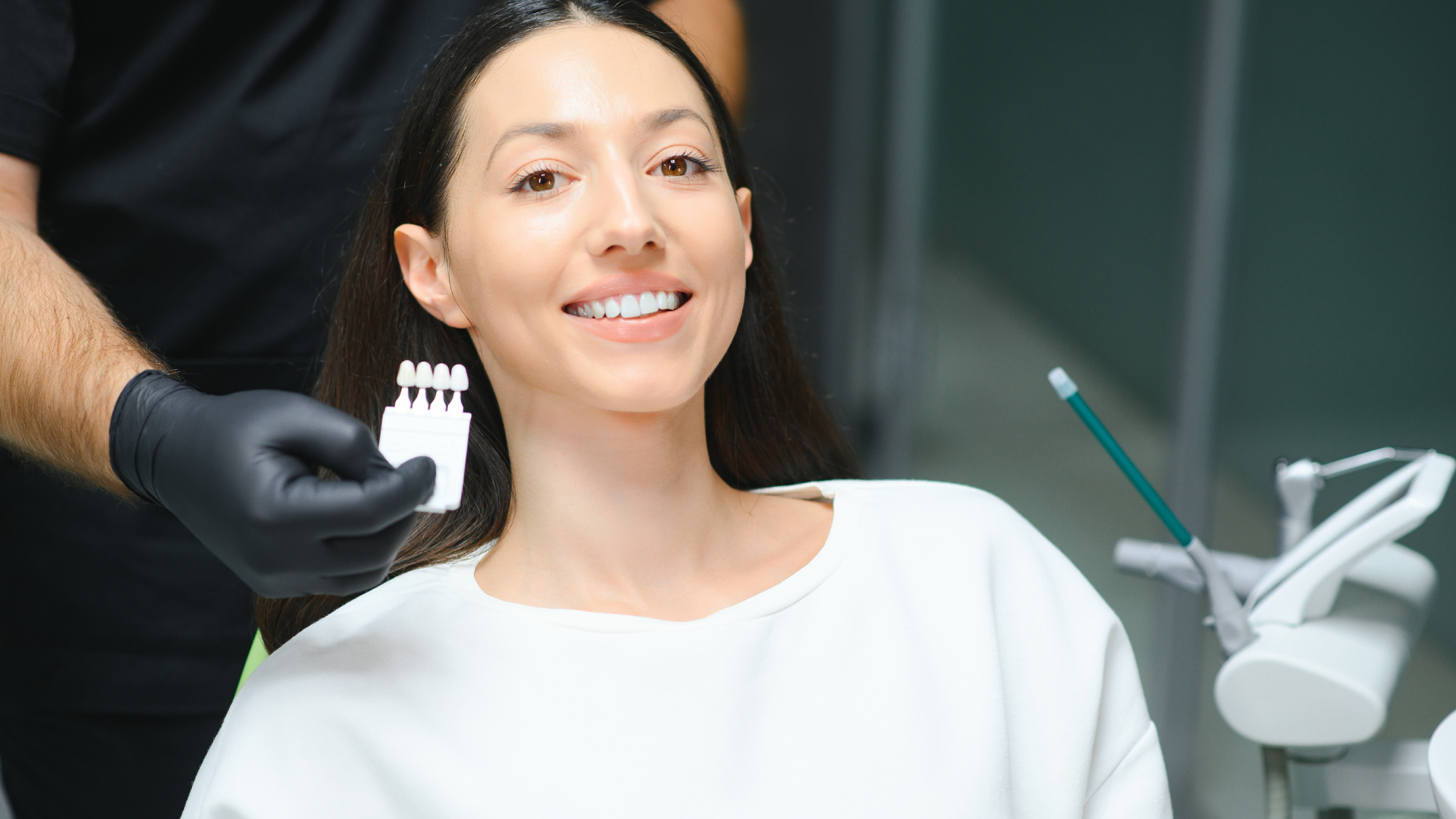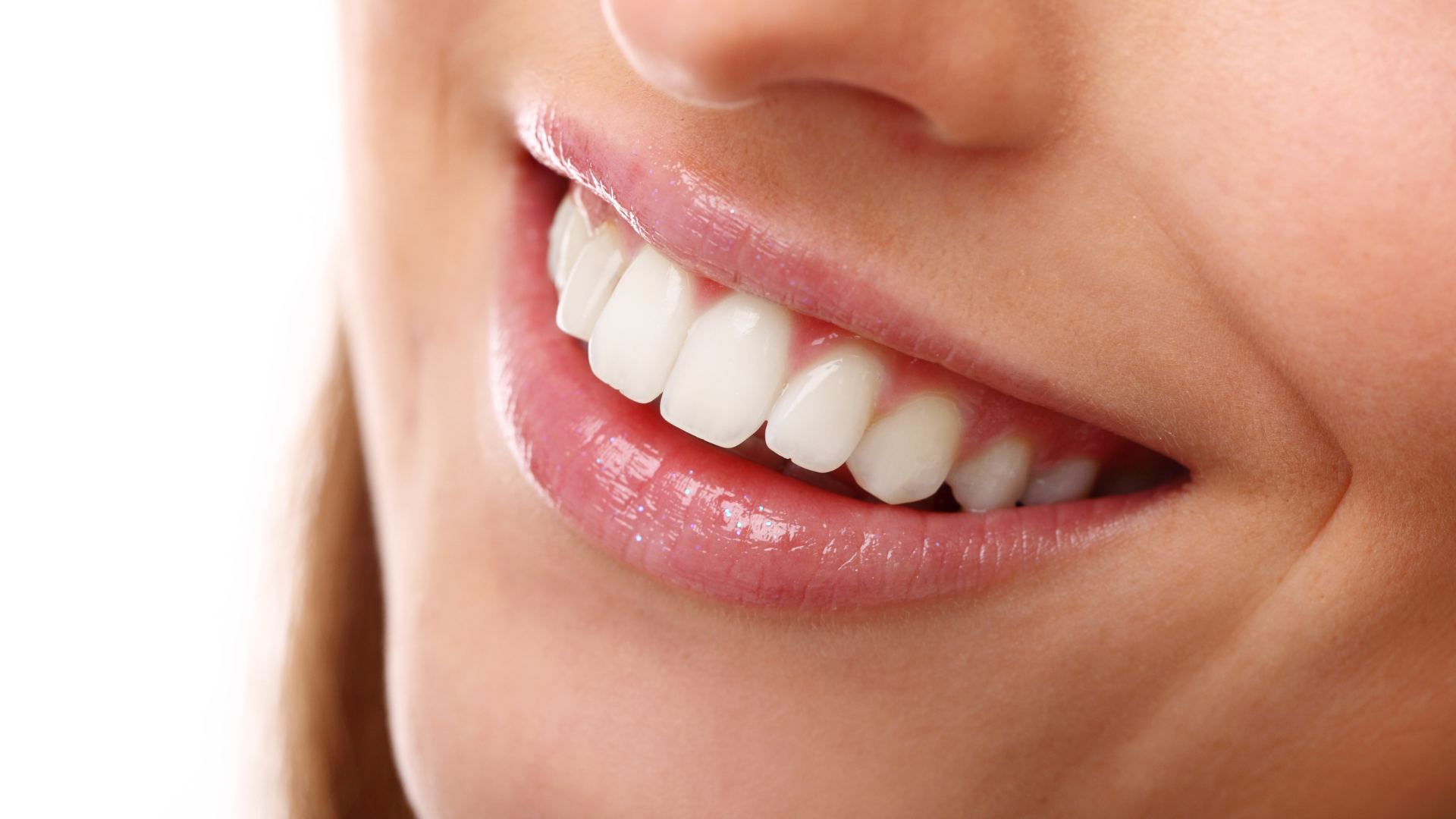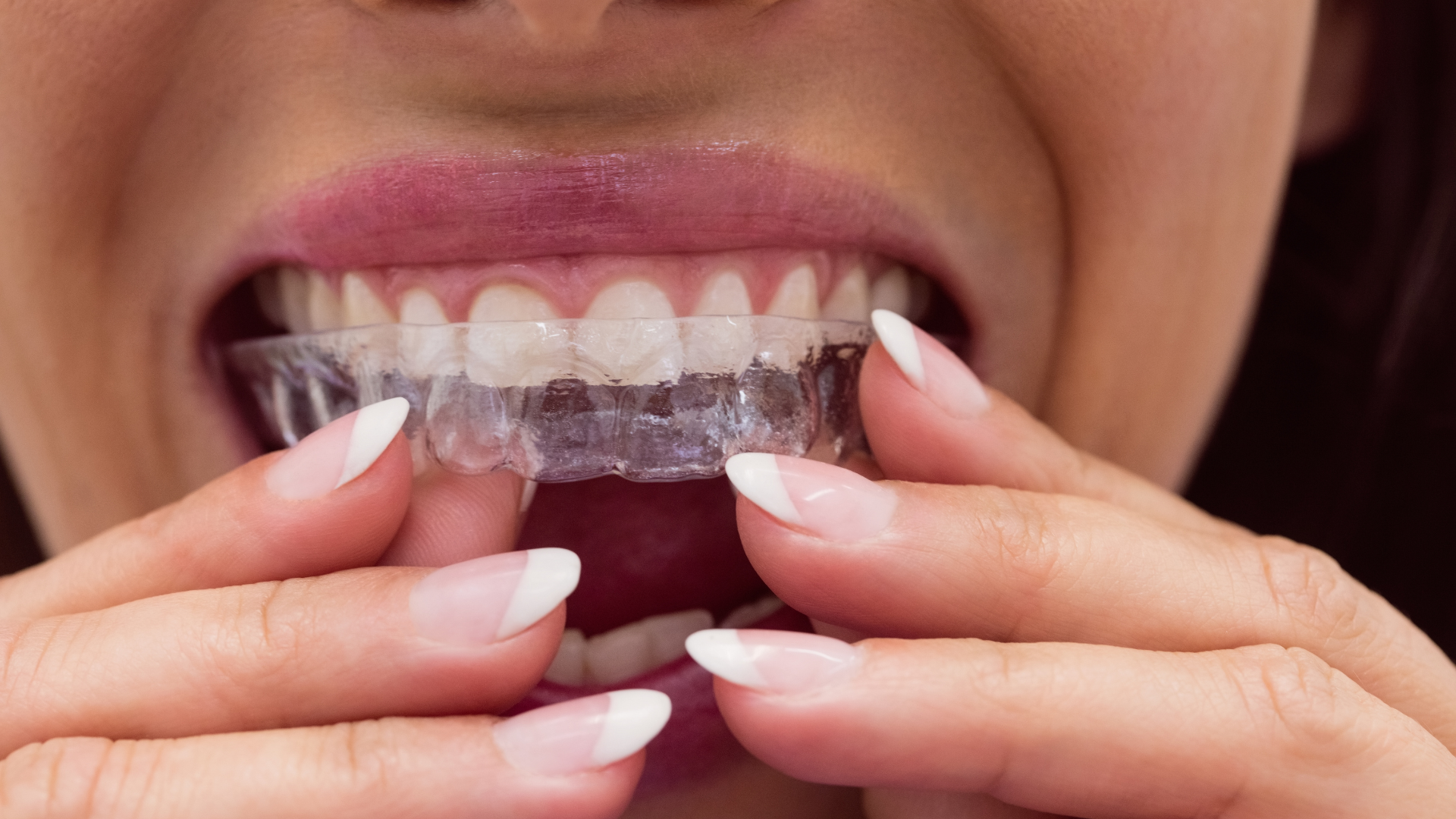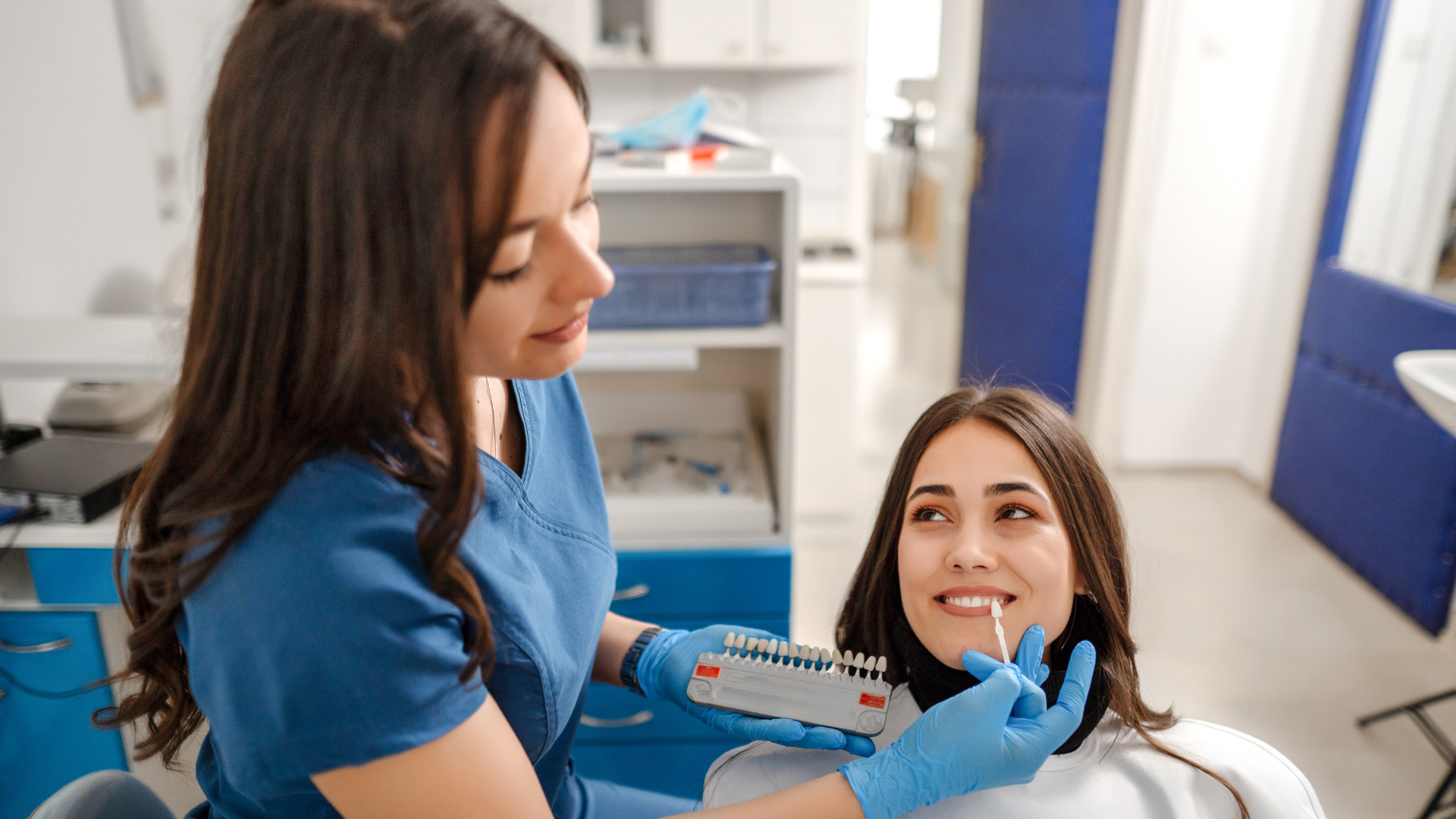Invisalign and braces are two popular orthodontic treatments used to straighten teeth and correct bite issues. While both options can achieve similar results, they differ in terms of treatment duration, effectiveness, cost, and maintenance requirements. This article aims to compare the speed of Invisalign and braces and provide key takeaways to help individuals make an informed decision.
Key Takeaways
- Invisalign and braces are effective orthodontic treatments for straightening teeth.
- Invisalign treatment usually takes less time compared to braces.
- The average treatment time for Invisalign is around 12 to 18 months.
- Braces typically require a longer treatment duration, ranging from 18 to 36 months.
- The actual treatment duration may vary depending on individual factors such as the complexity of the case and patient compliance.
Overview of Invisalign and Braces
What is Invisalign?
Invisalign is a modern orthodontic treatment that uses a series of
clear aligners to gradually straighten teeth. These aligners are custom-made for each patient and are virtually
invisible when worn. Unlike traditional braces, Invisalign aligners can be removed for eating, drinking, and oral hygiene. This innovative treatment option is offered by many dental clinics, including Bryant St. Dental. Invisalign is a popular choice for individuals who want to improve their smile without the hassle and visibility of traditional braces.
| Pros of Invisalign | Cons of Invisalign |
|---|---|
| Removable aligners | Requires discipline to wear consistently |
| Virtually invisible | Not suitable for severe orthodontic issues |
| Easier to maintain oral hygiene | May cause temporary discomfort or speech changes |
Invisalign provides a more comfortable and discreet alternative to braces, allowing patients to achieve a straighter smile with minimal disruption to their daily lives.
What are Braces?
Braces are orthodontic devices that are used to align and straighten teeth. They consist of metal brackets that are glued to the teeth and connected by wires. Braces apply pressure to the teeth, gradually moving them into the desired position. Unlike Invisalign, braces are not removable and are typically worn for a longer duration. Bryant St. Dental offers a variety of braces options to suit individual needs. Braces are highly effective in correcting various dental issues such as overcrowding, misalignment, and bite problems. Additionally, braces require regular adjustments and maintenance by a dental professional. Patients with braces should avoid certain foods that can damage the brackets or wires. Overall, braces are a popular and reliable treatment option for achieving a straighter smile.
Pros and Cons of Invisalign
Invisalign is a popular alternative to traditional braces, offering a more discreet and comfortable option for teeth straightening. The clear aligners used in Invisalign treatment are virtually invisible, making them a great choice for individuals who are self-conscious about wearing braces. Invisalign aligners are also removable, allowing for easier oral hygiene and the ability to enjoy a wider variety of foods. However, it's important to note that Invisalign may not be suitable for more complex orthodontic issues, and treatment duration may vary depending on the individual's specific needs.
Pros and Cons of Braces
Braces have been a popular orthodontic treatment for many years. They are effective in correcting various dental issues such as misaligned teeth, overcrowding, and bite problems. One of the main advantages of braces is their ability to produce precise and predictable results. Unlike Invisalign, braces are fixed appliances that are attached to the teeth, providing constant pressure to gradually shift them into the desired position. This makes them a suitable option for more complex cases that require significant tooth movement. However, braces can be uncomfortable and cause irritation to the gums and cheeks. They also require regular adjustments and visits to the orthodontist for maintenance. Overall, while braces may require more commitment and maintenance compared to Invisalign, they offer a reliable and effective solution for achieving a straighter smile.
Treatment Duration
Average Treatment Time for Invisalign
Invisalign treatment typically takes an average of 12 to 18 months to complete. However, the duration may vary depending on the complexity of the case and the patient's compliance with wearing the aligners. At
Bryant St. Dental, we offer Invisalign as a convenient and discreet option for straightening teeth. With its clear aligners, Invisalign provides a more aesthetically pleasing alternative to traditional braces. It allows patients to enjoy the benefits of orthodontic treatment without the noticeable appearance of metal brackets and wires. Additionally, Invisalign aligners are removable, making it easier to maintain oral hygiene and enjoy a wider range of food options.
Please note that treatment duration may differ for each individual, and it is essential to consult with an orthodontist to determine the most suitable treatment plan.
| Pros of Invisalign | Cons of Invisalign |
|---|---|
| Removable aligners | Requires discipline and commitment to wear aligners for the recommended 20-22 hours per day |
| Virtually invisible | Not suitable for complex orthodontic cases |
| Easier maintenance and oral hygiene | May result in temporary speech changes |
Invisalign offers a comfortable and convenient way to achieve a straighter smile. With its advanced technology and customized treatment plans, it is an effective alternative to traditional braces. However, it is important to consult with a dental professional to determine the best orthodontic option for your specific needs and goals.
Factors Affecting Treatment Duration
There are several factors that can affect the duration of both Invisalign and braces treatment. Invisalign treatment typically takes an average of 12 to 18 months, while braces treatment can range from 18 to 36 months. The severity of the orthodontic issue plays a significant role in determining the treatment duration. Complex cases may require longer treatment periods. Compliance with wearing the aligners or braces is also crucial for achieving desired results within the estimated timeframe. Regular visits to the orthodontist, such as Bryant St. Dental, for adjustments and progress checks are necessary for successful treatment. It is important to note that individual responses to treatment may vary, and the orthodontist will provide personalized estimates based on the specific case. Overall, the treatment duration for both Invisalign and braces depends on various factors, and it is essential to consult with a dental professional to determine the most suitable option for your orthodontic needs.
Factors Affecting Treatment Duration:
- Severity of orthodontic issue
- Compliance with wearing aligners or braces
- Regular visits to the orthodontist for adjustments and progress checks
- Individual responses to treatment
Remember, the estimated treatment duration provided by the orthodontist may vary depending on the specific case.
Effectiveness and Results
Effectiveness of Invisalign
Invisalign is a popular orthodontic treatment. It uses a series of clear aligners to gradually move the teeth into the desired position. The effectiveness of Invisalign has been well-documented, with many patients achieving the desired results. The aligners are virtually invisible, making them a preferred choice for individuals who want a more discreet option. Additionally, Invisalign aligners are removable, allowing for easier maintenance and better oral hygiene. However, it is important to note that the effectiveness of Invisalign may vary depending on the complexity of the case and the patient's compliance with wearing the aligners as instructed. Overall, Invisalign offers a convenient and effective alternative to traditional braces for many individuals seeking orthodontic treatment.
Effectiveness of Braces
Braces have been a popular orthodontic treatment for many years and have proven to be highly effective in correcting various dental issues. They are particularly effective in treating complex cases such as severe misalignment, overcrowding, and bite problems. Braces work by applying continuous pressure to the teeth, gradually moving them into their desired positions. This method allows for precise control over tooth movement and ensures optimal results. However, it is important to note that the effectiveness of braces depends on the individual's commitment to proper oral hygiene and regular dental visits.
Invisalign is another popular orthodontic treatment option that offers a more discreet and removable alternative to traditional braces. At
Bryant St. Dental, we offer both braces and Invisalign to cater to our patients' specific needs and preferences. Here is a comparison of the effectiveness and results of braces and Invisalign:
| Treatment | Effectiveness |
|---|---|
| Braces | Highly effective Corrects various dental issues |
| Invisalign | Effective Provides a more discreet and removable option |
Please note that the effectiveness and results may vary depending on individual cases. It is best to consult with an orthodontist to determine the most suitable treatment for your specific needs.
Comparison of Results
When comparing the results of Invisalign and braces, it is important to consider several factors. Invisalign aligners are virtually invisible, allowing for a more discreet treatment option. They are also removable, making it easier to maintain oral hygiene. However, braces are typically more effective for complex orthodontic issues and can achieve more precise results. Additionally, braces may be more suitable for individuals with severe misalignment or bite problems.
| Treatment Aspect | Invisalign | Braces |
|---|---|---|
| Visibility | Virtually invisible | Visible |
| Removability | Removable | Non-removable |
| Effectiveness | Effective for mild to moderate cases | Effective for mild to severe cases |
Note: Results may vary depending on individual cases and compliance with treatment.
Choosing between Invisalign and braces ultimately depends on the specific orthodontic needs and preferences of the individual.
Cost and Maintenance
Cost of Invisalign
The cost of Invisalign treatment can vary depending on several factors, including the complexity of the case and the location of the dental clinic. On average, Invisalign treatment can range from $3,000 to $7,000. However, it's important to note that some dental insurance plans may cover a portion of the cost. At Bryant St. Dental, we offer flexible payment options to help make Invisalign more affordable for our patients. Additionally, Invisalign aligners require regular maintenance, including cleaning them with special solutions and wearing them for at least 22 hours a day. It's essential to follow the instructions provided by your dentist to ensure the best results. Overall, Invisalign offers a discreet and convenient alternative to traditional braces, allowing patients to achieve a straighter smile without the hassle of metal brackets and wires.
Cost of Braces
The cost of traditional braces can vary depending on several factors, including the severity of the dental issues and the location of the dental clinic. On average, the cost of braces can range from $3,000 to $7,000. However, it is important to note that many dental insurance plans cover a portion of the cost of braces, which can help reduce out-of-pocket expenses. Additionally, some dental clinics offer financing options to make the treatment more affordable for patients. Bryant St. Dental is a reputable dental clinic that provides high-quality orthodontic treatments, including braces. They offer competitive pricing and flexible payment plans to accommodate their patients' needs. It is essential to consult with a qualified orthodontist to determine the most suitable treatment option, whether it is Invisalign or braces, based on individual dental needs and preferences.
Here is a comparison table highlighting the key differences between Invisalign and braces:
| Invisalign | Braces |
|---|---|
| Removable aligners | Fixed brackets and wires |
| Virtually invisible | Visible appearance |
| Easy to clean | Requires extra oral hygiene care |
Some additional considerations to keep in mind when comparing Invisalign and braces include the level of comfort, treatment duration, and the desired outcome. It is recommended to consult with an orthodontist to discuss the specific dental concerns and determine the most suitable treatment option.
Choosing between Invisalign and braces is a personal decision that should be based on individual needs and preferences. Both options have their advantages and disadvantages, and it is important to weigh them carefully before making a decision.
Maintenance Requirements
Maintaining good oral hygiene is crucial for both Invisalign and braces. With Invisalign, you can easily remove the aligners to brush and floss your teeth, ensuring proper cleaning. However, it is important to clean the aligners regularly to prevent bacteria buildup. On the other hand, braces require extra care as food particles can easily get trapped in the brackets and wires. Regular brushing and flossing are essential, and additional tools like interdental brushes and floss threaders may be needed. It is also important to avoid certain foods that can damage the braces.
Maintenance Requirements:
- Invisalign: Remove aligners for brushing and flossing, clean aligners regularly
- Braces: Regular brushing and flossing, use interdental brushes and floss threaders, avoid certain foods
Good oral hygiene is essential during orthodontic treatment to ensure successful results and prevent complications.


